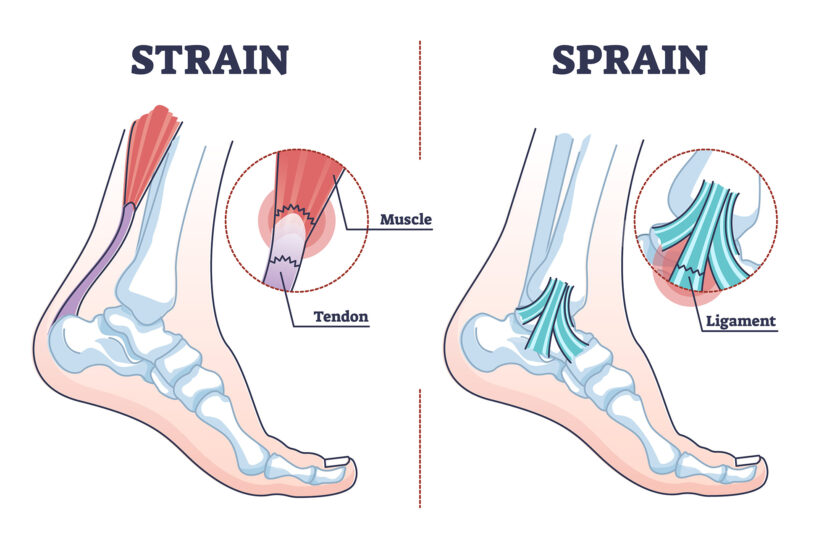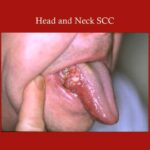Sprains and strains are among the most frequent musculoskeletal injuries encountered in both athletic and non-athletic populations. While they share similar symptoms, their underlying pathology differs: sprains affect ligaments, and strains affect muscles or tendons. Prompt diagnosis and appropriate treatment are vital to ensure a full recovery and prevent long-term complications.

Understanding the Difference: Sprain vs. Strain
A sprain is the stretching or tearing of ligaments, which are tough bands of fibrous tissue connecting bones in a joint. A strain, on the other hand, involves an injury to muscles or tendons, which connect muscles to bones.
Key Differences
| Aspect | Sprain | Strain |
|---|---|---|
| Affected Tissue | Ligament | Muscle or tendon |
| Common Locations | Ankles, wrists, knees | Lower back, hamstring, shoulders |
| Cause | Twisting or trauma to a joint | Overstretching or overuse |
Common Causes of Sprains and Strains
Both injuries result from sudden movement, overuse, or trauma. Common contributing factors include:
- Sports injuries: High-impact activities or contact sports.
- Falls or slips: Sudden loss of balance can twist joints abnormally.
- Lifting heavy objects: Especially without proper technique.
- Overexertion: Repetitive strain on specific muscle groups.
- Poor conditioning: Weak muscles are more prone to injury.
Identifying the Symptoms of Sprains and Strains
While symptoms overlap, they may offer clues to the type and severity of the injury.
Symptoms of a Sprain
- Sudden pain around a joint
- Swelling and bruising
- Instability or inability to bear weight
- Limited range of motion
Symptoms of a Strain
- Muscle pain or cramping
- Spasms
- Swelling or bruising
- Weakness in the affected muscle
Severity Classification of Sprains and Strains
Sprains and strains are graded based on the degree of tissue damage:
Grades of Sprains
- Grade I: Mild stretching, minimal damage
- Grade II: Partial tear with moderate symptoms
- Grade III: Complete ligament tear with joint instability
Grades of Strains
- Grade I: Minor stretching, no loss of strength
- Grade II: Moderate tear, muscle weakness
- Grade III: Complete rupture of muscle or tendon
Diagnostic Methods for Soft Tissue Injuries
Accurate diagnosis ensures proper management and recovery.
Physical Examination
- Assessment of range of motion, swelling, bruising, and joint stability.
Imaging Tests
- X-rays: Rule out bone fractures.
- MRI or Ultrasound: Detect soft tissue damage and differentiate between sprains and strains.
Evidence-Based Treatment Options for Sprains and Strains
First-Line Management: R.I.C.E Protocol
| Component | Description |
|---|---|
| Rest | Prevent further injury |
| Ice | Reduce swelling and inflammation |
| Compression | Control swelling with elastic bandages |
| Elevation | Decrease fluid accumulation |
Medication
- NSAIDs (e.g., ibuprofen): Control pain and inflammation.
- Topical analgesics: Useful for localized discomfort.
Rehabilitation and Physical Therapy
- Stretching and strengthening exercises to restore function.
- Balance training for joint stability.
- Range-of-motion activities as healing progresses.
Advanced Therapies for Severe Cases
- Surgical repair: Needed for complete ligament or tendon tears.
- Platelet-rich plasma (PRP) therapy: Accelerates healing in some cases.
Preventing Sprains and Strains
Proactive strategies can significantly reduce the risk of injury.
Key Preventive Measures
- Warm up properly before physical activity.
- Strengthen core and stabilizing muscles.
- Wear appropriate footwear and protective gear.
- Avoid overtraining or repetitive strain.
- Maintain flexibility through regular stretching.
Prognosis and Recovery Time
Recovery duration varies depending on severity and treatment:
| Injury Type | Grade I | Grade II | Grade III |
|---|---|---|---|
| Sprain | 1–2 weeks | 3–6 weeks | Several months, may need surgery |
| Strain | 1–2 weeks | 4–8 weeks | 3+ months with rehab or surgery |
Frequently Asked Questions:
What’s the difference between a sprain and a strain?
Sprains involve ligaments, while strains affect muscles or tendons.
How long does it take to recover from a sprain or strain?
Mild injuries recover in 1–2 weeks; severe ones may take months and require physical therapy or surgery.
Should I use heat or ice for a sprain?
Use ice during the first 48 hours to reduce swelling. Heat may be applied later to relax muscles.
When should I see a doctor?
If pain, swelling, or inability to use the joint/muscle persists, consult a healthcare provider.
Can sprains or strains become chronic?
Yes, improper treatment or repeated injury can lead to chronic pain or instability.
Sprains and strains are common yet potentially debilitating injuries that demand careful assessment and treatment. With proper care—including the R.I.C.E protocol, physical therapy, and preventive strategies—most individuals can return to normal activity without long-term complications. Early intervention and a multidisciplinary approach remain the cornerstone of effective management.

